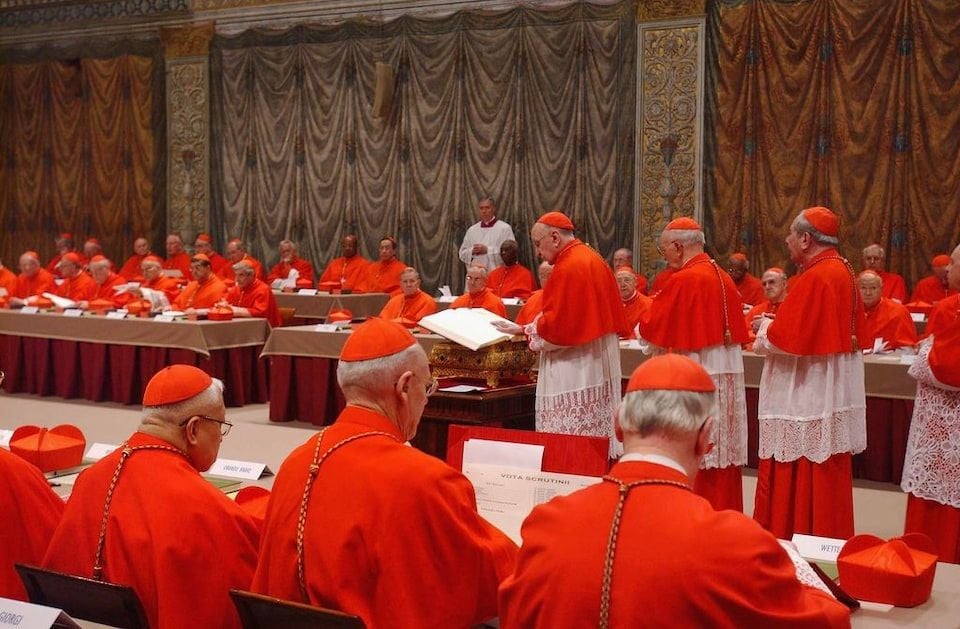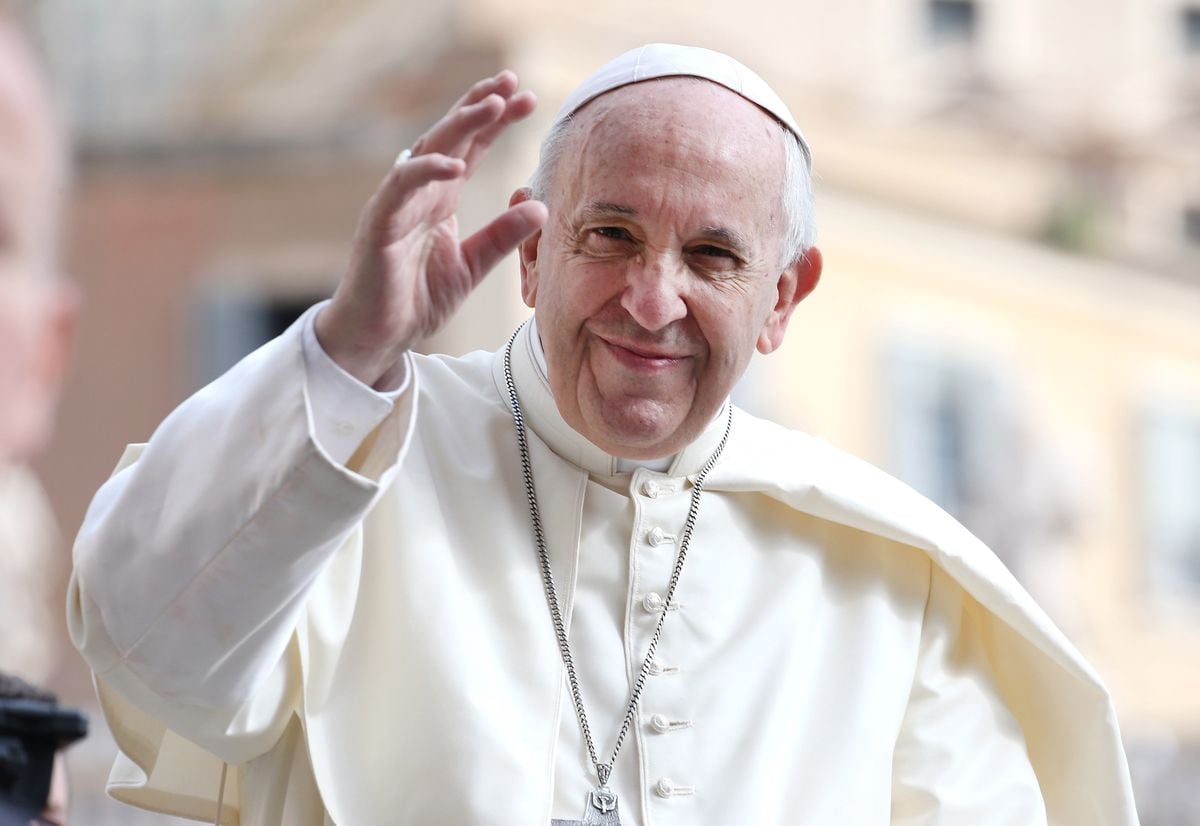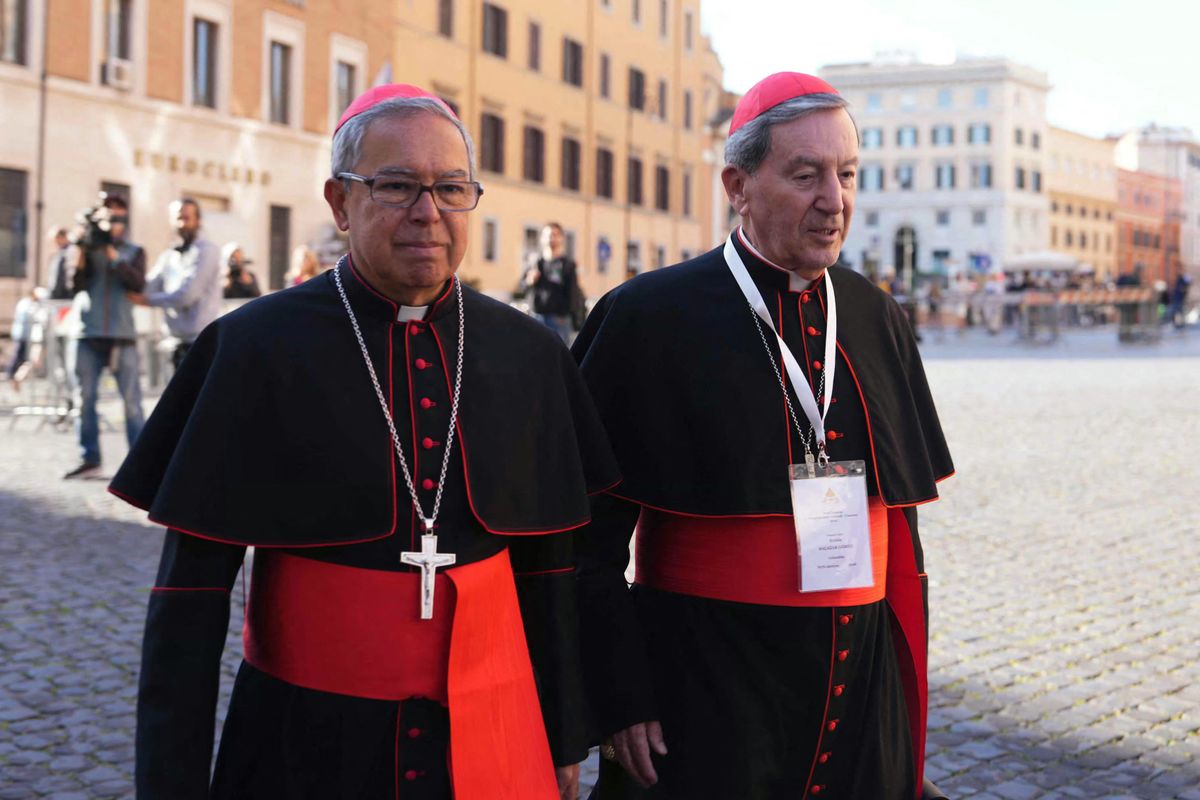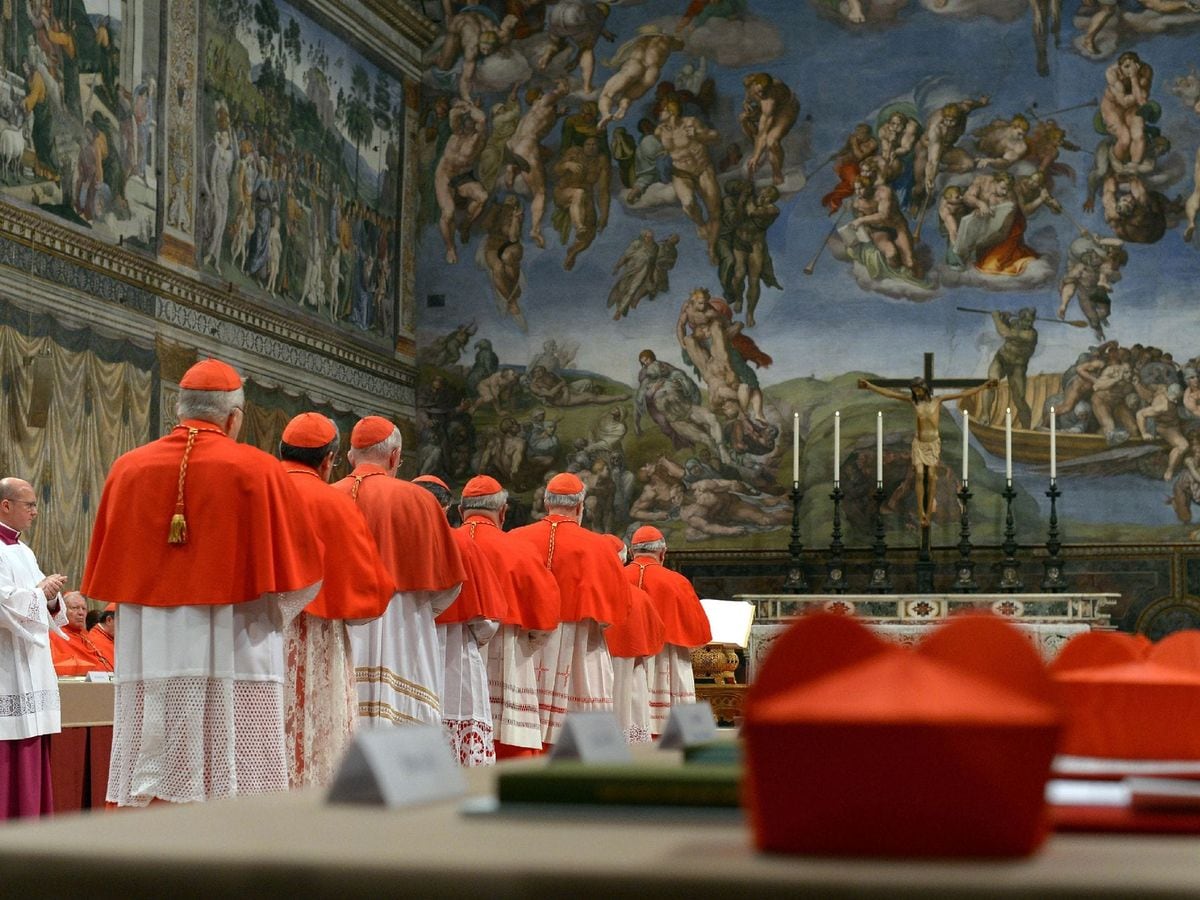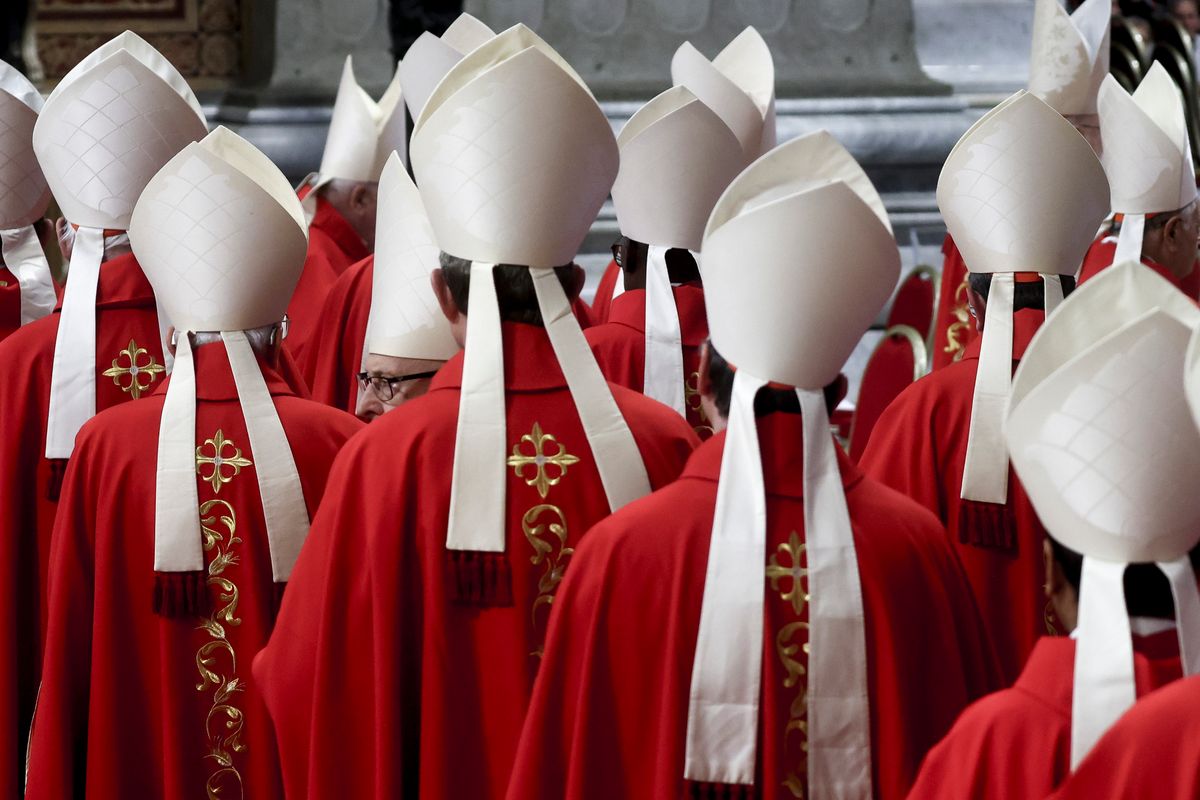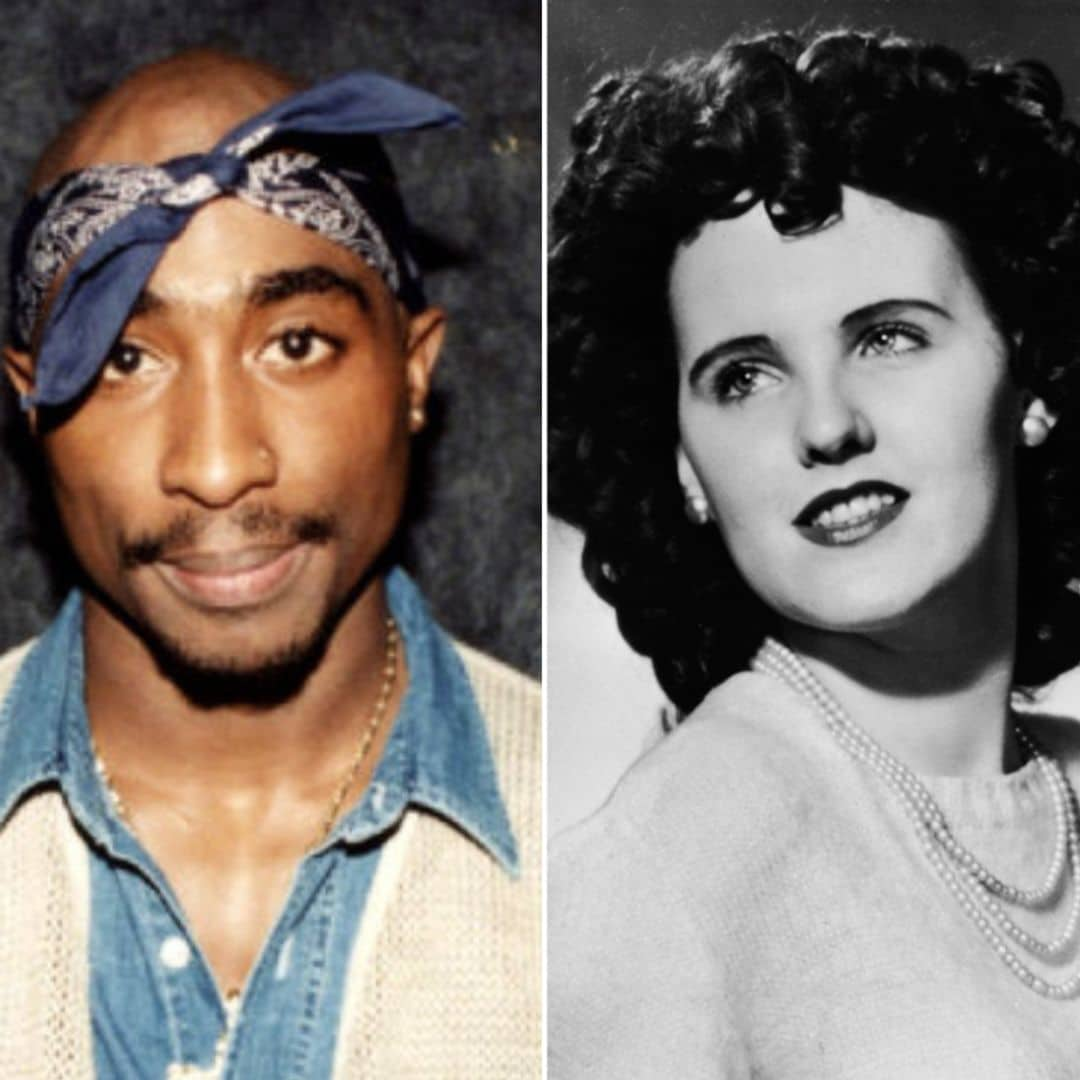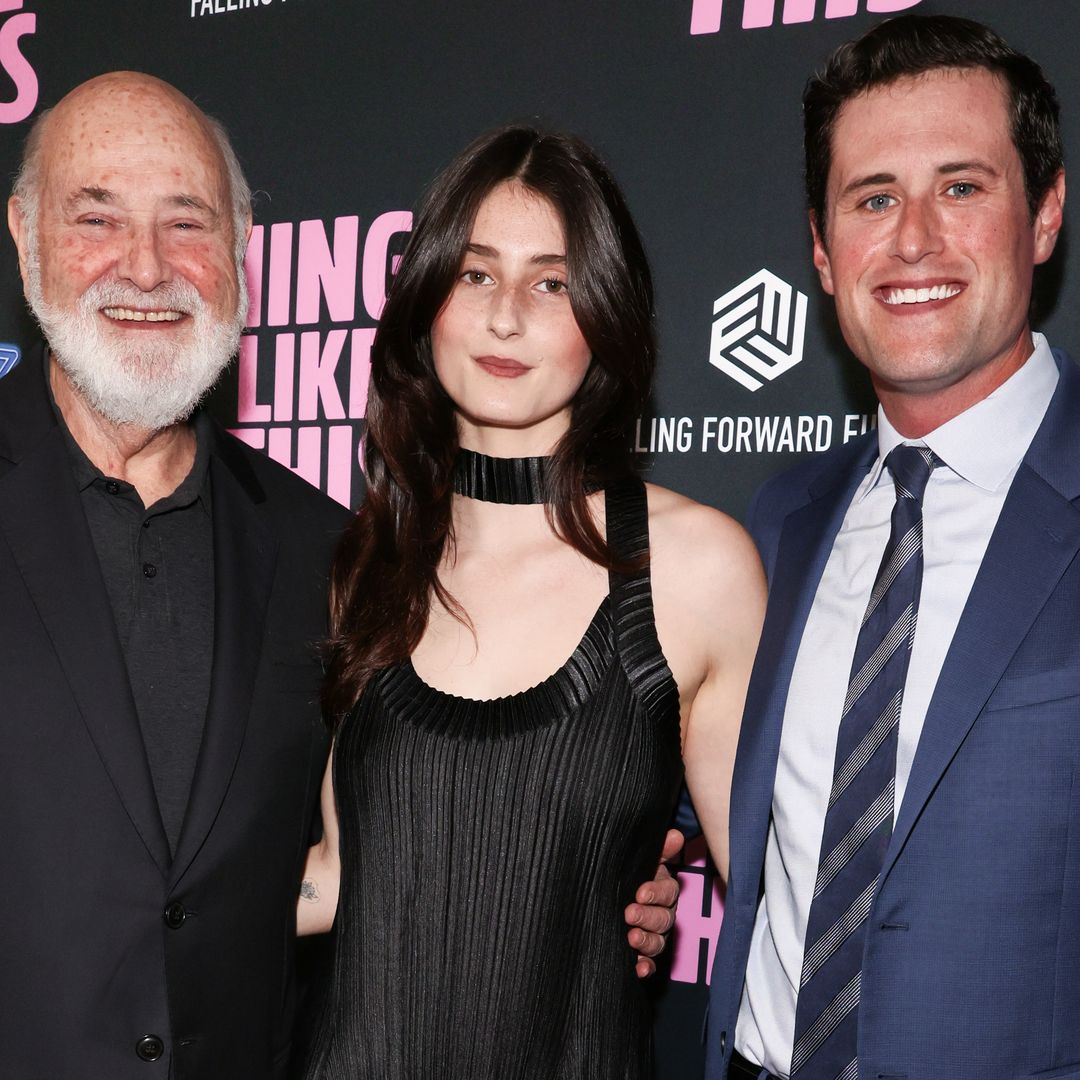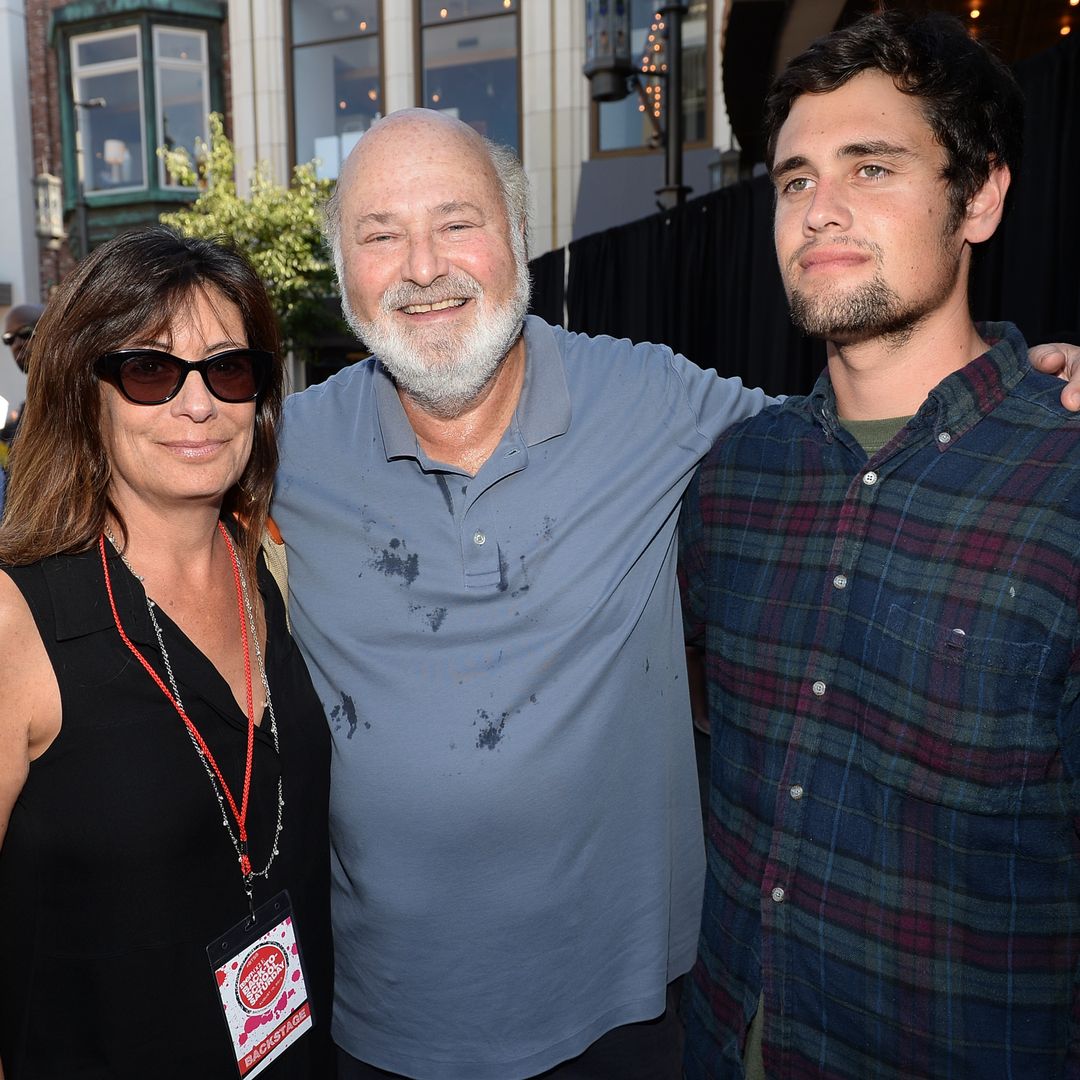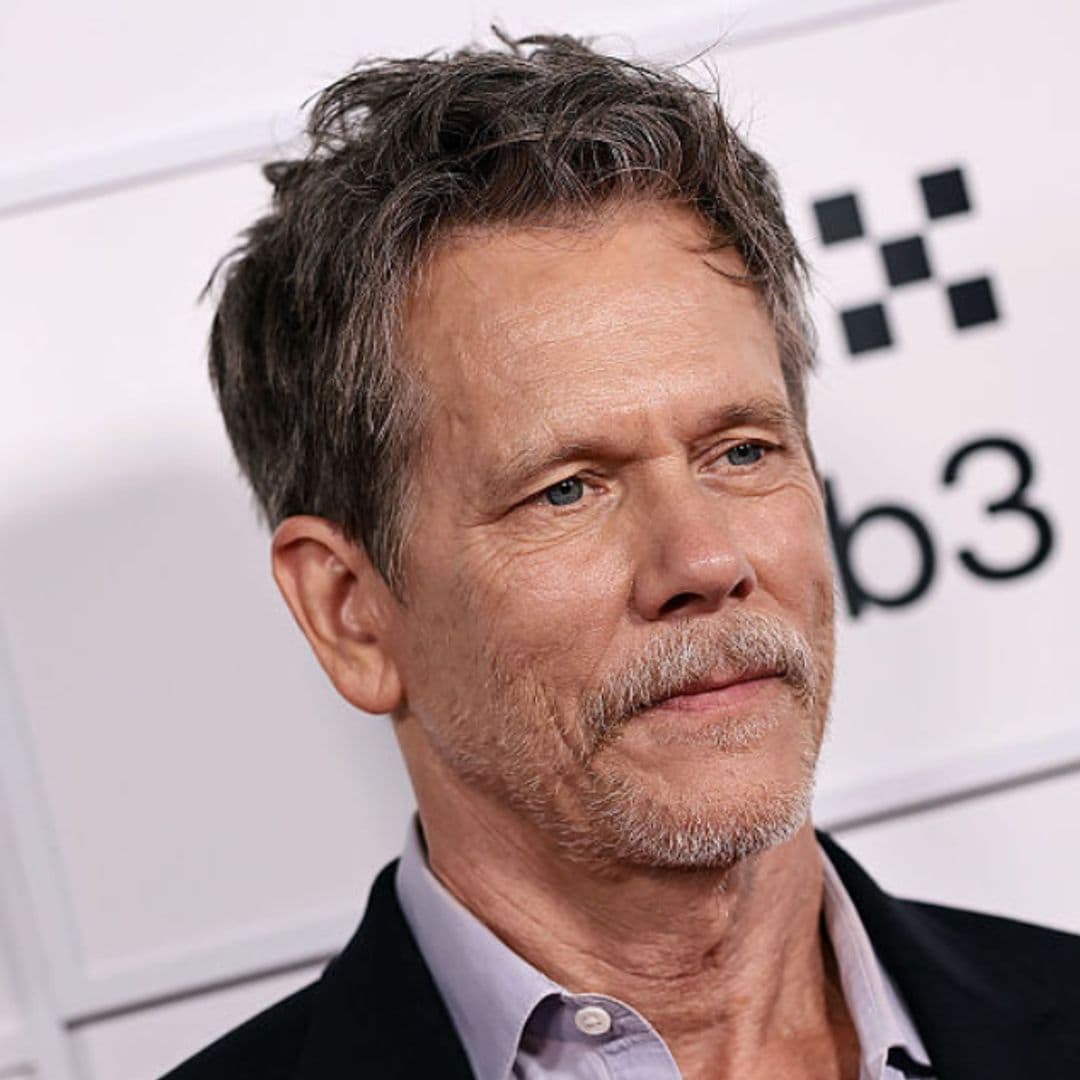Pope Francis died last month, prompting a wave of remembrances from all over the world. As the first Latin American Pope, Francis leaves behind a significant legacy, one highlighted by his progressive ideals and environmental concerns. Now that the Pope has died, the Catholic Church is entering one of its most mysterious traditions: the conclave.
Here are 5 fascinating facts about the historic ritual:
Why all the secrecy?
Conclaves weren't always so secretive. It was Pope Gregory X, who was the head of the Church in 1792, who made the decision to lock all cardinal electors in the same room (cum clave: with a key) until a Pope is selected.
While the rules have changed and shifted over the years, it remains a secretive process, with a lot of political implications.
The longest and shortest conclave
Conclaves have shifted greatly in length. The longest ever took place in the 13th century, and lasted for 1,006 days as Cardinals struggled to pick the successor of Pope Clement IV. The struggle was a reflection of the societal and political concerns of the times, pitting those who supported the papacy and those who supported the Holy Roman Empire against each other.
'One meal a day'
In order to avoid extensive conclaves, Pope Gregory X enacted a rule that allowed cardinal electors to only eat a meal a day while the conclave developed. He said that if the conclave extended past 8 days, electors would be able to eat only "bread, water, and wine."
That rule has since been dropped.
The conclave wasn't always held in the Sistine Chapel
While the conclave is now set in the Sistine Chapel, in the Church's earlier years, the ritual used to be hosted in different locations, including various churches and basilicas in Rome. On some instances, conclaves were hosted outside of Rome, in places like Venice, Italy, Lyon, France, and more.
In 1878, it was decreed that the Sistine Chapel would be the home of all conclaves.
The Antipopes
The Church was split during the 11th, 12th, and 13th centuries, resulting in various Antipopes, men who declared they were Popes against the legitimately elected Pope. During these years, there was a struggle between Popes and Holy Roman Emperors, with these factions using their powers to sway different causes.
Some of the most notorious antipopes include Clement VII, Benedict XIII, and John XXIII.

